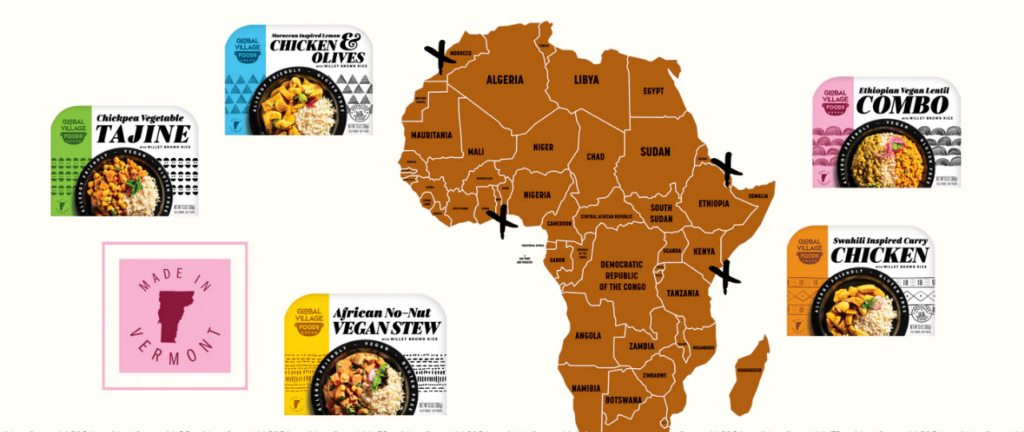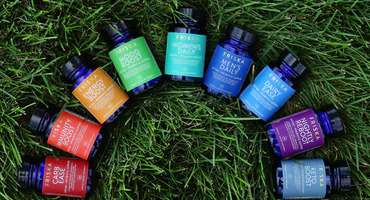As part of our webinar series in collaboration with Branchfood, we brought together founders of emerging brands and ex-buyers at Target to discuss best practices for brands to successfully engage with buyers, boost conversions, and grow their presence to win in retail. Listen to the full webinar or find out more about Trax Dynamic Merchandising for emerging brands.

Established brands may seem to have the market cornered when it comes to brand loyalty, but with the explosive growth of e-commerce and pandemic-induced shifts in shopper mindsets, emerging brands are in a better position to make a mark for themselves with consumers who are increasingly more receptive to new brands than ever before. Here are 3 tips from experts on how emerging consumer packaged goods (CPG) brands can gain and retain new consumers.
This may seem like an obvious first step, but new brands often struggle to pin down their consumer. Depending on the type of product and the state of maturity, brands can take one of two approaches to audience identification. For family-owned African ready meals brand Global Village Foods, it was easier to learn on-the-go. Co-founder Melvin Hall transitioned the business from a restaurant to a retail-ready range of products, which allowed him to put first-party feedback from restaurant goers into the process –the very first SKUs produced by Global Village Foods were versions of the most popular dishes from the restaurant. The brand first started retailing at local co-ops, where it was able to get prompt feedback on which products were selling and which ones weren’t as popular, enabling quick adaptation. In addition, being a small operation, the brand focused on creating products based on the production capacity and resources it already had available.

On the flipside, John Peine, fonder at Friska and a former buyer for Target, had a lot of data upfront to figure out his brand audience. Armed with “millions of data points” within the wellness space, the founder of the dietary supplements brand found that while the multivitamin space in the US is worth $15 billion, there aren’t many brands that actually demonstrate results in improved gut health. Friska saw this opportunity andhomed in on consumers looking for a brand that could show provable results. The brand’s strategy proved successful as it was able to garner a much higher than average repeat consumer base, indicating that it had found the right audience for its products.
Every business knows that using data to improve organizational processes and sales is a given. However, in addition to looking at these metrics from each source, businesses must also know when to use the data from various sources as a whole to inform their product and promotion strategies.
For instance, Global Village Foods tracks its sales data at Whole Foods to make data-driven correlations between sales that can be attributed to certain seasons, promotional periods, or social media campaigns.
In addition to the grocery packs that are sold at the grab-and-go section of supermarkets, Global Village Foods is also a part of the foodservice product mix at Earth Fare Markets, where their products are sold in retail packs. The data from these different sources, combined with the performance insights around the types of campaigns during which they sell the most, helps Hall and his team identify when to drive promotions through distributor discounts and other key marketing strategies.
Looking fantastic on shelf with the help of attractive packaging is a proven way of catching potential buyers’ eyes. Given his background with Target, Peine knew that distinctive packaging was a must for Friska. The brand’s designers wanted the product to stand out quickly as shoppers browsed the aisles, and decided on a cobalt blue glass bottle for the interior of the packaging for its premium feel and better stability over plastics. For the outer tube, the designers wanted to follow through on the bold factor and chose a premium paperboard that wasn’t the most cost-effective solution but grabbed attention on shelf. The brand strategy paid off as consumers consistently pick Friska’s packaging as being attractive and attention grabbing.

Beyond design, the content on the packaging also makes a huge difference. Friska chose to steer clear of vague benefit statements and went directly to the heart of what the product offers as it’s messaging strategy on the product packaging. As a result, the packages don’t talk about collagen with melatonin, chamomile, and lavender, but instead state the importance of radiant rest and beauty sleep, a messaging strategy that the brand follows through in all its external communications as well.
While retail is a competitive space, the changed mindset of consumers to try new products and brands, combined with the equalizing nature of e-commerce, spells huge opportunities for new, emergent brands to make a mark with shoppers, as long as they know how.
Give us some info so the right person can get back to you.